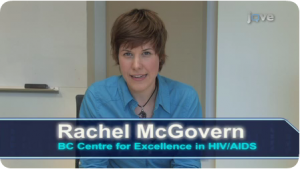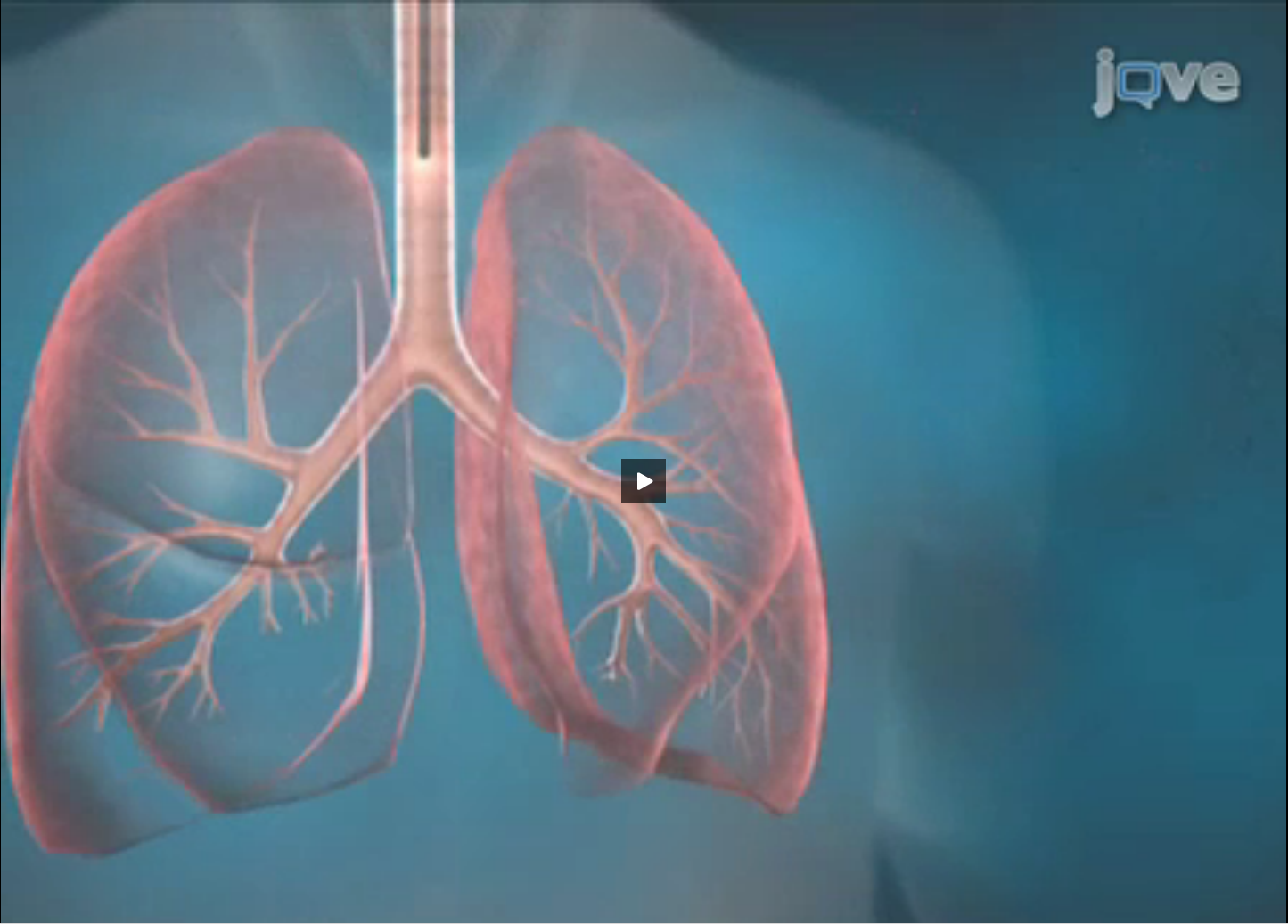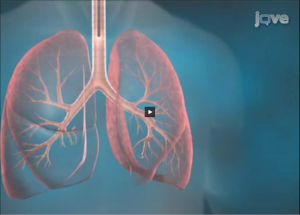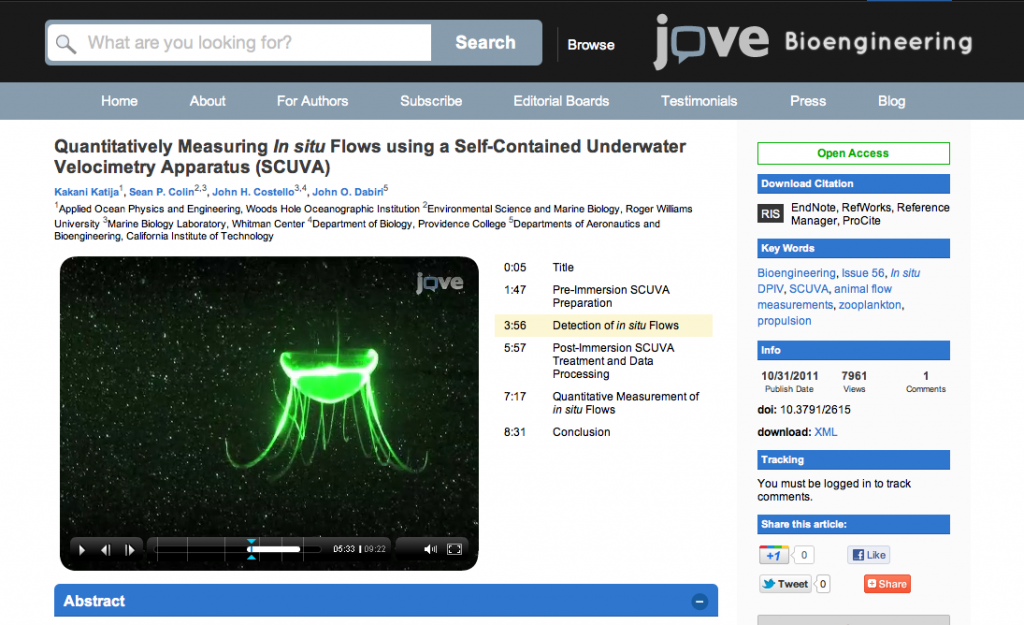Scientific marketing has been trending away from traditional marketing activities employed by other industries in the past 15 years. This has been driven either by regulations or the nature of researchers/physicians as an audience to demand evidence on marketing claims. To utilize and develop marketing using more credible resources, it is necessary to understand the role of peer-reviewed publishing.
History
Robert Hooke was the first curator of experiments for the Royal Society which published the first academic journal, “Philosophical Transactions of the Royal Society” in 1665. Accompanying the emergence of scientific publishing was the radical acceleration of scientific progress, contributing to “The Renaissance.”
Particularly in the past 30 years, the number of journals and articles has increased rapidly,
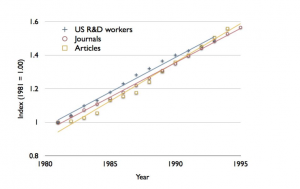 responding the growing number of research scientists.
responding the growing number of research scientists.
Magazine vs. Journal
The process of publishing an article begins with a key opinion leader author that writes an article. This article is sent to other key opinion leaders in the field for review. Reviewers typically ask questions, and for revisions from the author. After comments have been addressed the article can be accepted for publication by the journal.
 A magazine is written and edited by journalists about science or scientists. Articles are commissioned by an editor. Its content is based on previously established knowledge or work. The audience for a magazine is a mix between scientists and the general public.
A magazine is written and edited by journalists about science or scientists. Articles are commissioned by an editor. Its content is based on previously established knowledge or work. The audience for a magazine is a mix between scientists and the general public.
A journal is written by scientists typically about their own work. Articles are written on original research and new results or methods. The work is reviewed by peers in the scientific community with established records of publication and research. Peer-reviewed content is considered more trustworthy. Journal articles are archived in the National Library of Medicine (NLM) which is indexed and searchable online by PubMed. The audience drawn by a journal is typically only researchers and physicians.
What’s in it for the author?
Journal authors contribute to the overall body of knowledge available to the scientific community. Colleagues can then produce and expand on the knowledge the result is advancement of the overall field. Publication provides recognition within the field for the author and builds their reputation as a key opinion leader.
Authors are typically affiliated with a research institution, university or hospital. It is common for an institution to require journal publication for tenure, advancement or fund allocation. Government and private institutions that issue grants also base their awards on journal publications.
Conclusions
You should better understand the world of academic publishing. For a visual presentation of how peer-reviewed publications are developed this video is informative: http://www.youtube.com/watch?v=twogpmM-SfY.
Hopefully this clarifies why researchers are excited about utilizing peer-reviewed information and authoring publications.





 By: Laura Ennis
By: Laura Ennis By: Supriya Kamath
By: Supriya Kamath

